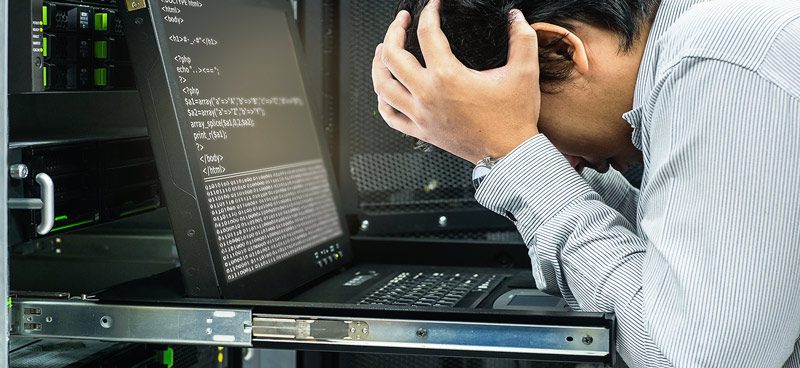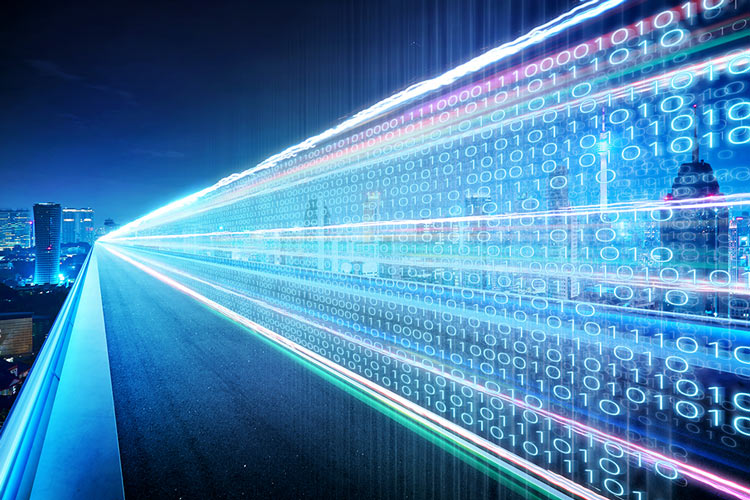Redundancies signify components that need backup. Examples of this can be failures in the Ethernet cable, power supplies shortages or networking card errors. If these backup components are in place, then your business can rest assured that it will not suffer in the event of the primary source fails. The backup components act as the alternate source when the primary source fails to keep things running. High availability is another term used to describe redundancy because it increases the availability of resources for you.
While technicians are working on getting these defective devices in order, the secondary backups should ensure that productivity never stops. Now your business won’t suffer from any disruption ever!
Another consideration is to look for services that offer Cloud servers. You can opt for cloud services that provide these redundancy services. It is normal to find a service that offers multiple infrastructures of the cloud. This is so because of the very same principle of redundancies. These are also famously known to work great for systems where redundancies are common. These servers can be turned on in the event of maintenance or repairs – and you’re good to go!
To sum it all up, keeping redundancies in mind is an absolute best practice, and it can work perfectly for your business’s needs for power and networking. Your productivity is always ready to go with a redundancy solution at the ready. Companies can now work in a tension-free environment in the event of system failures.
Why Your Environment Needs Redundancies
Redundancies are just like insurance that works against failures. They work by putting different channels of communication or power within the infrastructure and network. If you have multiple network channels, you could lower the risk for the business being interrupted by the loss of a single path as the connections will move to the alternate source instantly. There are some best practices around building in redundancy and network failover:
Data Redundancy
Most businesses are familiar with backup data solutions such as external storage drives or even paper “hard copy.” However, these are not necessarily designed to support service during system failures. A redundancy solution for data that will offer a continuity of service would be more along the lines of a cloud backup service. With cloud backup solutions, your data is hosted on remote servers and protected from any disasters occurring at your business locations.
Network Redundancies
Both redundant links and network equipment including switches and routers form a network-level redundancy. The idea is just the same as physical-level redundancy, meaning that if the primary path goes down, the backups will be used by your servers to keep things functional.
In very simple terms, the function of redundancies is the same as car GPS. Suppose you are driving down a road and there happens an accident. The GPS system, in this case, will divert you to an alternative route to cope with the situation and keep you going. The route may be slow and bumpy but leads you to your ultimate destination.
Besides, there is just one major dissimilarity: The car’s GPS system will show you different paths to choose from whereas redundancies will automatically switch to another source without there being multiple options/paths available.
Physical Redundancies
One of the most critical components of redundancies you need to consider is physical redundancies, which back up your utilities, such as power and water. Adding these redundant systems will help reduce single points of failure in your infrastructure.
If there is scheduled maintenance or unplanned interruption, these secondary components will automatically take control, keeping your servers and applications online. A setup like this is necessary for your critical applications. Volico’s Class ‘A’ Scalable Tier IV Data Centers include 2N+X Smart-Grid redundant power infrastructure, and a 2N+X Smart-Grid redundant cooling infrastructure.
Conclusion
A power supply or a cable can ditch you anytime without prior warning. In such a case, to ensure maximum functionality of your system, redundancy plays a significant role. In the face of all different types of disasters that could interrupt the operation of your business, you will have much greater peace of mind knowing that these types of redundancies are in place to safeguard your business. Although it may seem like a great deal of effort to implement a business redundancy plan, in the long run, this will save your business from the costs associated with damaging outages. When downtime occurs, a redundant setup can keep your business online, and this can be priceless for your employees and customers.
Does your business suffer from redundancies, or are you afraid that it just might?
If you are ready to discuss implementing a business redundancy plan for your business, contact us to find out what works best for you, your business, and your industry.
• Call: 888 865 4261
• Chat with a member of our team to discuss which solution best fits your needs.








